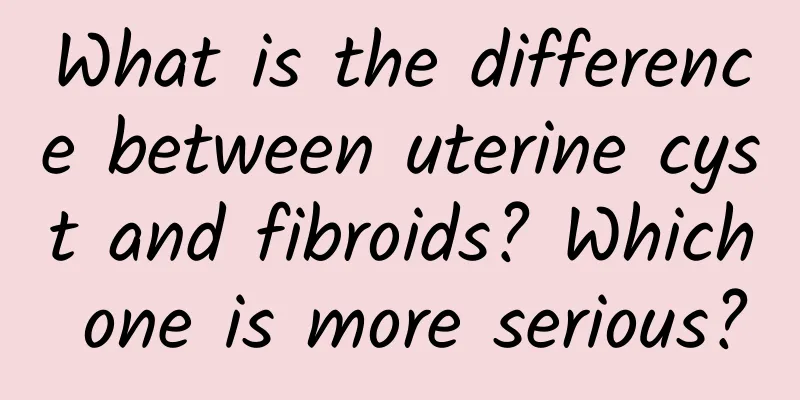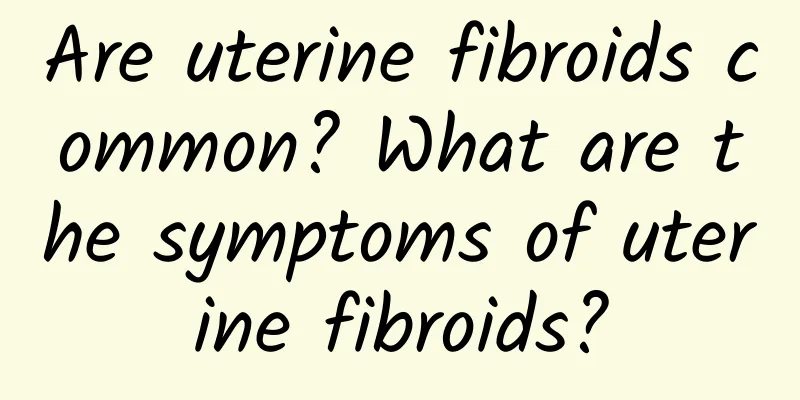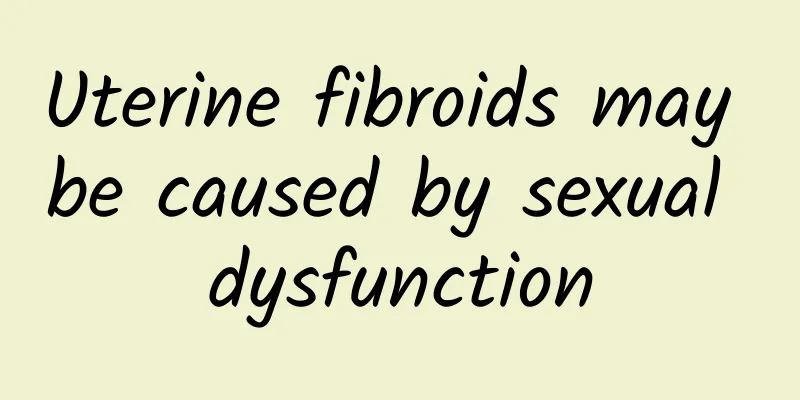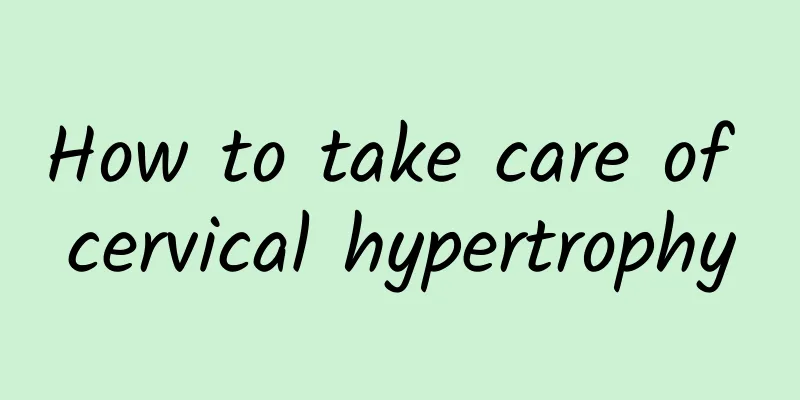What is the difference between uterine cyst and fibroids? Which one is more serious?

|
Uterine cysts and fibroids are common gynecological diseases in women, but there are clear differences between the two. This article will explain the differences between uterine cysts and fibroids and discuss which one is more serious. 1. Definition and Causes of Uterine Cysts and Fibroids 1. Uterine cyst: Uterine cyst is a disease characterized by non-malignant lesions of the uterine wall muscle layer. Its main cause is endometriosis and repeated endometrial abscission, which leads to thickening of the uterine wall. 2. Uterine fibroids: Uterine fibroids, also known as uterine leiomyoma, are a type of tumor formed by the non-malignant proliferation of smooth muscle cells in the myometrium of the uterus. The cause is still unclear, but it is related to factors such as genetics, hormone levels, and lifestyle. 2. Symptoms and manifestations of uterine cysts and fibroids 1. Uterine cysts: The main symptoms of uterine cysts include irregular menstruation, dysmenorrhea, pelvic pain and infertility. Some patients may also experience symptoms such as low back pain, pain during sexual intercourse and frequent urination. 2. Uterine fibroids: The symptoms and manifestations of uterine fibroids vary from person to person, and some patients may not have obvious symptoms. Common symptoms include irregular menstruation, pelvic pain, abdominal mass, and frequent urination. 3. Diagnosis and treatment of uterine cysts and fibroids 1. Uterine cysts: Uterine cysts are mainly diagnosed through pelvic examination, B-ultrasound, MRI and other imaging examinations. Treatment methods include endocrine regulation and surgical resection. 2. Uterine fibroids: The diagnosis of uterine fibroids mainly relies on pelvic examination, B-ultrasound, MRI and tissue biopsy, etc. Treatment methods include drug therapy, surgical resection and interventional therapy. 4. Severity of uterine cysts and fibroids In terms of severity, uterine fibroids are relatively more serious. The symptoms of uterine fibroids are more obvious and often have a greater impact on the quality of life. The treatment of uterine fibroids is more diverse, including drug therapy, surgical resection and interventional therapy, while the treatment of uterine cysts is relatively simple. In some cases, uterine fibroids may lead to complications such as infertility or miscarriage. Uterine cysts and fibroids are two different gynecological diseases, with certain differences in their causes, symptoms and treatments. For patients, understanding these differences can help them better judge their disease conditions and seek medical treatment in a timely manner. If any discomfort or suspected symptoms occur, it is recommended to seek medical treatment in a timely manner to obtain an accurate diagnosis and a reasonable treatment plan. |
<<: What are the effects of a 2mm uterine fibroid? Is a 2mm uterine fibroid big?
>>: What is malignant uterine fibroids? What are the symptoms of malignant uterine fibroids?
Recommend
What are the main symptoms of irregular menstruation?
What we often call irregular menstruation is irre...
Nutritionists break weight loss myths with 5 tips to help you lose weight successfully and stop being fat
This article is excerpted from a creative enterpr...
How long does stomach pain last after an abortion?
How long does stomach pain last after an abortion...
Can chronic cervicitis be cured? The correct method of drug treatment for chronic cervicitis
With the continuous change of people's living...
Why do we need to do gestational sac test after miscarriage? What is the purpose of gestational sac test after miscarriage?
Many women want to have a healthy baby after they...
Comparison of treatment methods for uterine fibroids
Women with uterine fibroids should be treated pro...
How to eat on the two-day diet to lose weight?
By Michelle Harvey and Tony Howe The purpose of t...
The muscle lines of the whole body are very beautiful when rock climbing! Practice rock climbing and diving, Chen Yu has a perfect figure
Is it because he loves sports, or is he just hype...
Experts count the early symptoms of ectopic pregnancy
In recent years, ectopic pregnancies have occurre...
What should we focus on during retraining? Artists rely on it for perfect lines
What is weight training? Weight training generall...
What are the symptoms of severe cervical erosion?
Among gynecological diseases, cervical erosion is...
What are the early symptoms of cervicitis
Early symptoms of cervicitis include increased va...
How long can you live with cervical precancerous lesions?
How long can you live with cervical precancerous ...
Do patients with threatened abortion need to take medication for a long time?
Nowadays, more and more pregnant women are experi...
What is the cause of multiple uterine fibroids? How to treat multiple uterine fibroids?
Uterine fibroids are divided into two types: sing...









